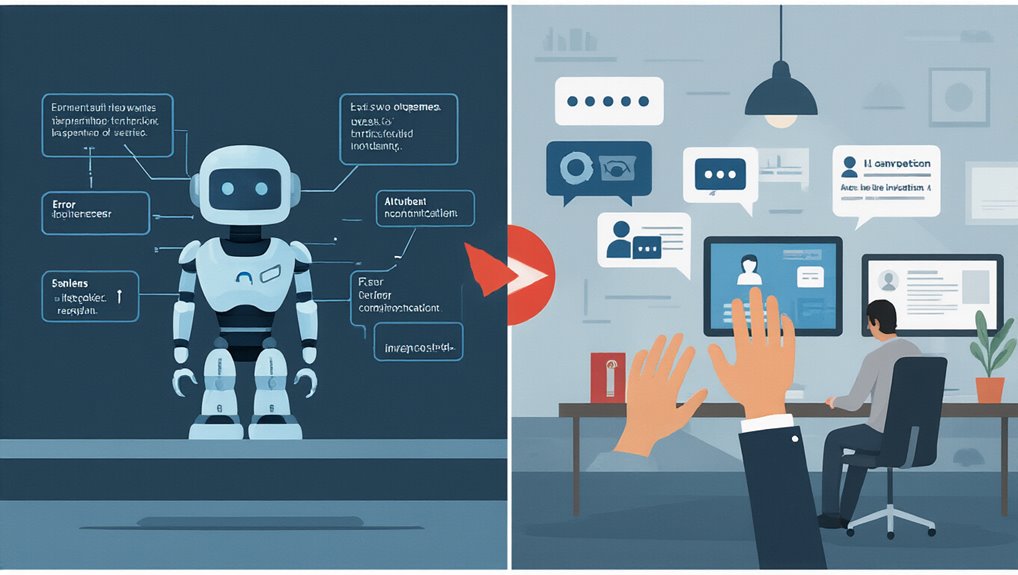Nearly every forward-thinking organization today recognizes information technology as more than just a support function. The evolution of IT from operational support to strategic enabler has fundamentally transformed how businesses operate and compete. Recent data indicates that 96% of organizations expect data to play an increasingly important role in decision-making within the next year, underscoring IT’s growing strategic significance.
The impact of IT on business outcomes is both measurable and substantial. Manufacturers using predictive analytics have reported a 3.5% reduction in production costs. IT-driven initiatives enable organizations to shift from merely descriptive analytics to more valuable predictive and prescriptive insights. These capabilities directly contribute to cost reduction, resource optimization, and improved allocation of spending across the enterprise. Organizations that implement IT outsourcing models often experience cost savings of up to 85% compared to maintaining in-house teams.
Data-driven decision-making represents a competitive advantage that IT uniquely facilitates. While only 25% of organizations report that nearly all strategic decisions are data-driven, those that embrace this approach experience improved business agility, more efficient process automation, and enhanced product innovation. IT provides the vital infrastructure and tools for collecting, analyzing, and visualizing data that fuels these strategic decisions. By 2025, CIOs are expected to influence revenue and broader business strategies beyond traditional IT responsibilities.
Organizations leveraging data-driven decisions gain the competitive edge through enhanced agility, efficiency, and innovation.
IT leadership is essential for successful digital transformation initiatives. CIOs and IT executives guide the integration of transformative technologies like artificial intelligence, industrial IoT, and cloud computing. Their involvement guarantees that digital initiatives remain scalable, secure, and aligned with long-term business objectives. Data quality issues are increasingly complex with the growing volume, velocity, and variety of data that organizations must manage.
Beyond enabling growth, IT plays an important role in risk management. Technology leaders implement robust data governance practices, confirm compliance with regulations, and protect against cybersecurity threats. These functions safeguard the organization’s ability to operate and make sound strategic decisions.
Innovation thrives when IT has a seat at the strategy table. Access to advanced analytics, AI capabilities, and automation tools accelerates product development and market responsiveness. With 77% of data professionals citing improved decision-making as their primary goal, IT clearly deserves recognition as a strategic partner—not just a help desk function.









